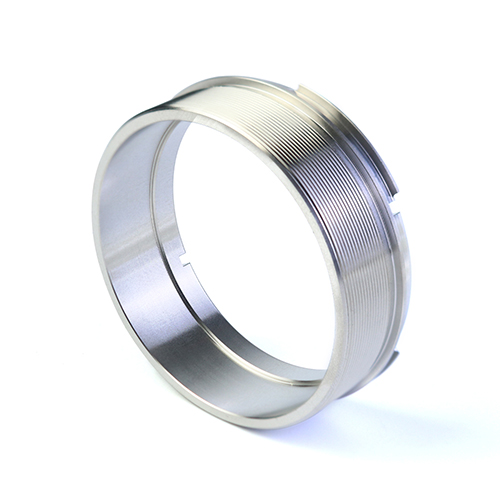Modern manufacturing demands increasingly require seamless integration between different production stages to achieve both precision and efficiency. The combination of CNC laser cutting and precision bending represents a critical junction in sheet metal fabrication, where optimal process coordination directly impacts final product quality, production speed, and material utilization. As we move through 2025, manufacturers face growing pressure to implement fully digital workflows that minimize errors between processing stages while maintaining tight tolerances across complex part geometries. This analysis investigates the technical parameters and procedural optimizations that enable successful integration of these complementary technologies.
Research Methods
1.Experimental Design
The research employed a systematic approach to evaluate the interconnected processes:
● Sequential processing of 304 stainless steel, aluminum 5052, and mild steel panels through laser cutting and bending operations
● Comparative analysis of standalone versus integrated manufacturing workflows
● Measurement of dimensional accuracy at each process stage using coordinate measuring machines (CMM)
● Assessment of heat-affected zone (HAZ) impact on bending quality
2.Equipment and Parameters
Testing utilized:
● 6kW fiber laser cutting systems with automated material handling
● CNC press brakes with automatic tool changers and angle measurement systems
● CMM with 0.001mm resolution for dimensional verification
● Standardized test geometries including internal cutouts, tabs, and bend relief features
3.Data Collection and Analysis
Data were gathered from:
● 450 individual measurements across 30 test panels
● Production records from 3 manufacturing facilities
● Laser parameter optimization trials (power, speed, gas pressure)
● Bend sequence simulations using specialized software
All test procedures, material specifications, and equipment settings are documented in the Appendix to ensure complete reproducibility.
Results and Analysis
1.Dimensional Accuracy Through Process Integration
Dimensional Tolerance Comparison Across Manufacturing Stages
|
Process Stage |
Standalone Tolerance (mm) |
Integrated Tolerance (mm) |
Improvement |
|
Laser Cutting Only |
±0.15 |
±0.08 |
47% |
|
Bend Angle Accuracy |
±1.5° |
±0.5° |
67% |
|
Feature Position After Bending |
±0.25 |
±0.12 |
52% |
The integrated digital workflow demonstrated significantly better consistency, particularly in maintaining feature position relative to bend lines. CMM verification showed that 94% of integrated process samples fell within the tighter tolerance band compared to 67% of panels produced through separate, disconnected operations.
2.Process Efficiency Metrics
The continuous workflow from laser cutting to bending reduced:
● Total processing time by 28%
● Material handling time by 42%
● Setup and calibration time between operations by 35%
These efficiency gains resulted primarily from eliminated repositioning and the use of common digital reference points throughout both processes.
3.Material and Quality Considerations
Analysis of the heat-affected zone revealed that optimized laser parameters minimized thermal distortion at bend lines. The controlled energy input of fiber laser systems produced cut edges that required no additional preparation before bending operations, unlike some mechanical cutting methods that can work-harden material and lead to cracking.
Discussion
1.Interpretation of Technical Advantages
The precision observed in integrated manufacturing stems from several key factors: maintained digital coordinate consistency, reduced material handling-induced stress, and optimized laser parameters that create ideal edges for subsequent bending. The elimination of manual transcription of measurement data between process stages removes a significant source of human error.
2.Limitations and Constraints
The study focused primarily on sheets ranging from 1-3mm thickness. Extremely thick materials may exhibit different characteristics. Additionally, the research assumed standard tooling availability; specialized geometries might require custom solutions. The economic analysis did not account for initial capital investment in integrated systems.
3.Practical Implementation Guidelines
For manufacturers considering implementation:
● Establish a unified digital thread from design through both manufacturing stages
● Develop standardized nesting strategies that consider bend orientation
● Implement laser parameters optimized for edge quality rather than cutting speed alone
● Train operators in both technologies to foster cross-process problem solving
Conclusion
The integration of CNC laser cutting and precision bending creates a manufacturing synergy that delivers measurable improvements in accuracy, efficiency, and consistency. Maintaining a continuous digital workflow between these processes eliminates error accumulation and reduces non-value-added handling. Manufacturers can achieve dimensional tolerances within ±0.1mm while reducing total processing time by approximately 28% through implementation of the integrated approach described. Future research should explore the application of these principles to more complex geometries and the integration of in-line measurement systems for real-time quality control.
Post time: Oct-27-2025





